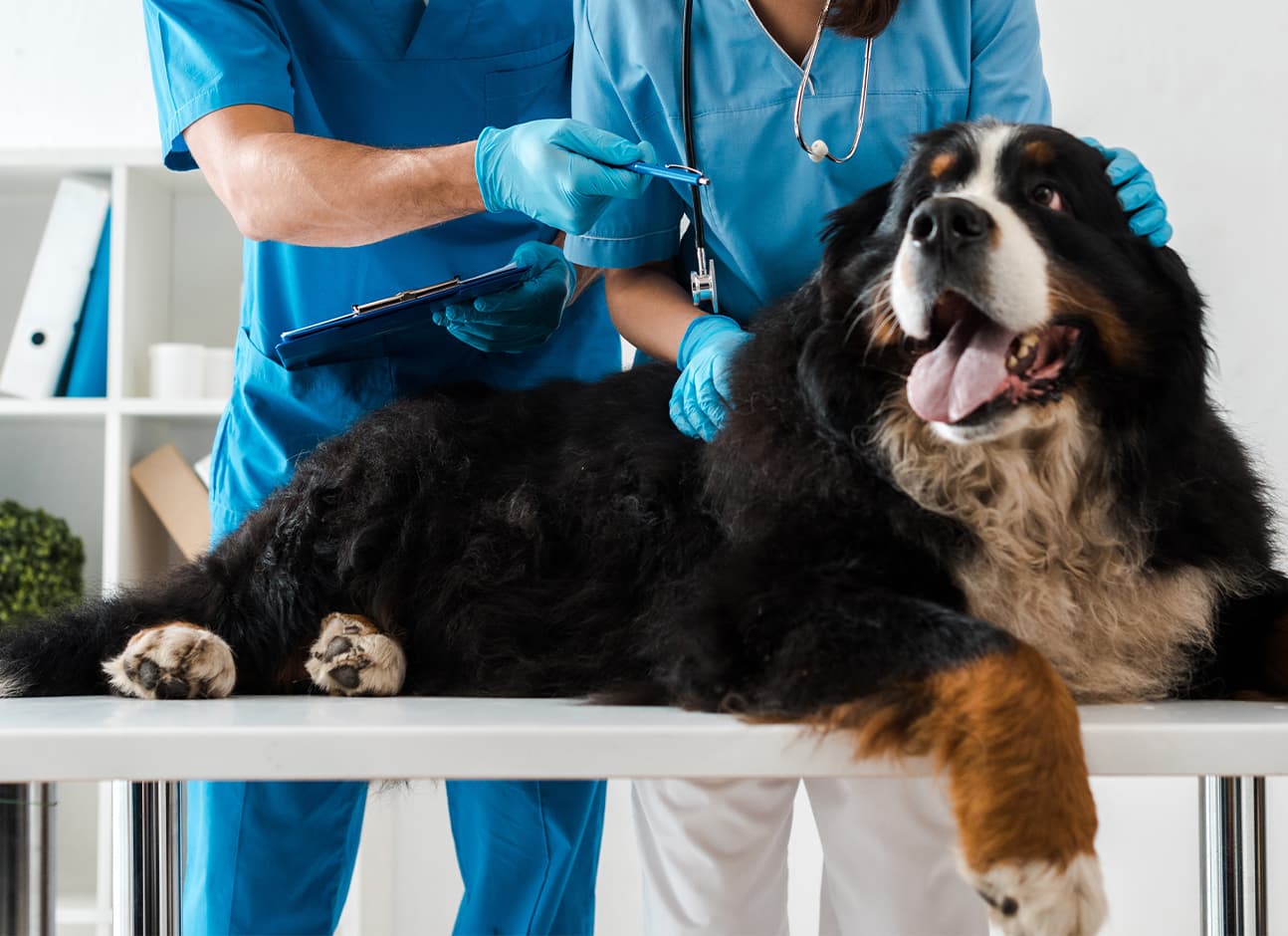Canine intervertebral disc disease (IVDD) is a degenerative disease that affects the spinal cord and gives rise to a number of issues related to painful movement. Dog breeds with short legs and long backs such as the Daschund, Corgi, Beagle, Poodle, Bulldog, and Bassett hound are at great risk of developing IVDD. It occurs due to the rupture or herniation of a spinal disc which leads to leaks accompanied by pain and inflammation. As a result, the affected disc will be unable to serve as a shock absorber or accommodate the weight placed on the spine.
The symptoms of the disease largely depend on the affected region of the spine and the extent of the damage. Some signs to look out for include back pain, stiff neck, aversion to running and play, shivering, crying when picked up, shivering, paralysis, weakness, and paresis (partial loss of movement). If you notice such signs in your dog, you must take them to the veterinarian immediately.
Your veterinarian will perform a thorough physical examination which may include neurological evaluations, x-rays, CT or MRI scans, and myelography (injection of dye into the spinal cord) to make a conclusive diagnosis.
Treatment for canine IVDD mainly depends on the seriousness of the disease. Based on what is best for your pet’s condition, your veterinarian may recommend certain treatment options including anti-inflammatory medication, surgery, and physical therapy. Anti-inflammatory drugs are prescribed for mild to moderate cases of IVDD to alleviate pain and swelling. Surgery is typically performed on dogs suffering from a more severe type of the disease, which is usually followed by physical therapy to help strengthen your fur baby’s muscles that can enable them to start moving again.
You can always reach out to your veterinarian to learn more about IVDD and the different ways in which you can help care for your beloved canine friend.
Stay one paw ahead in pet health! Learn more about our Wellness Exams today.
